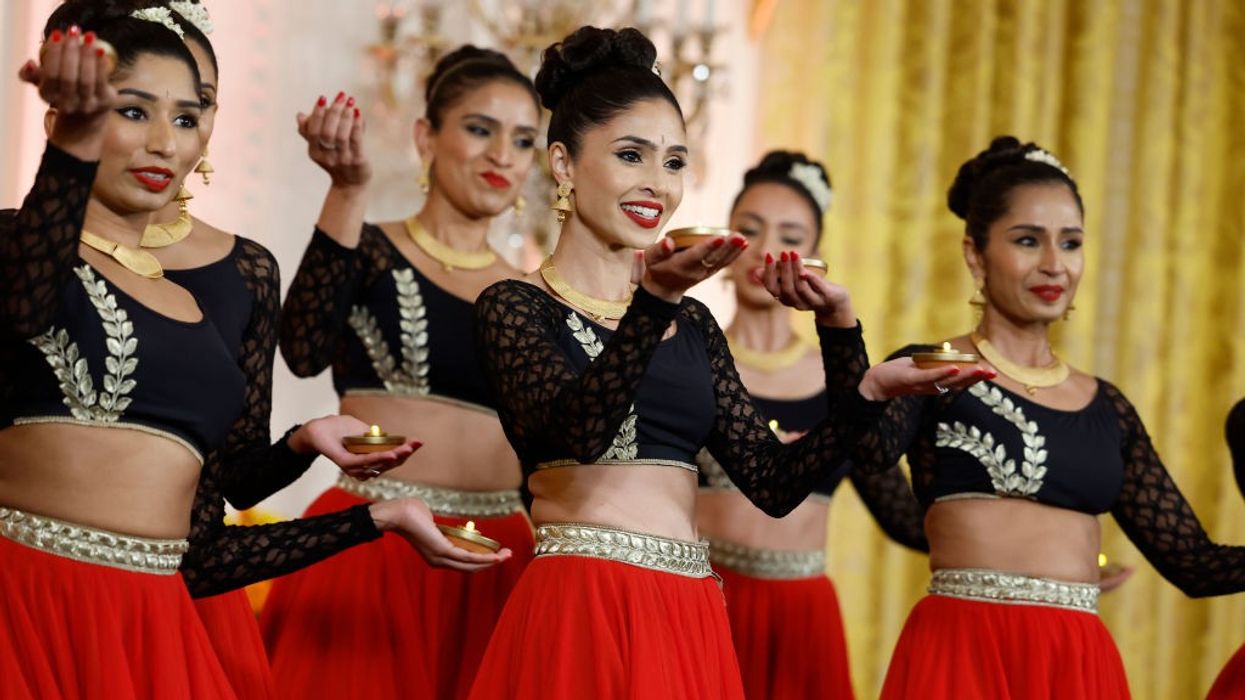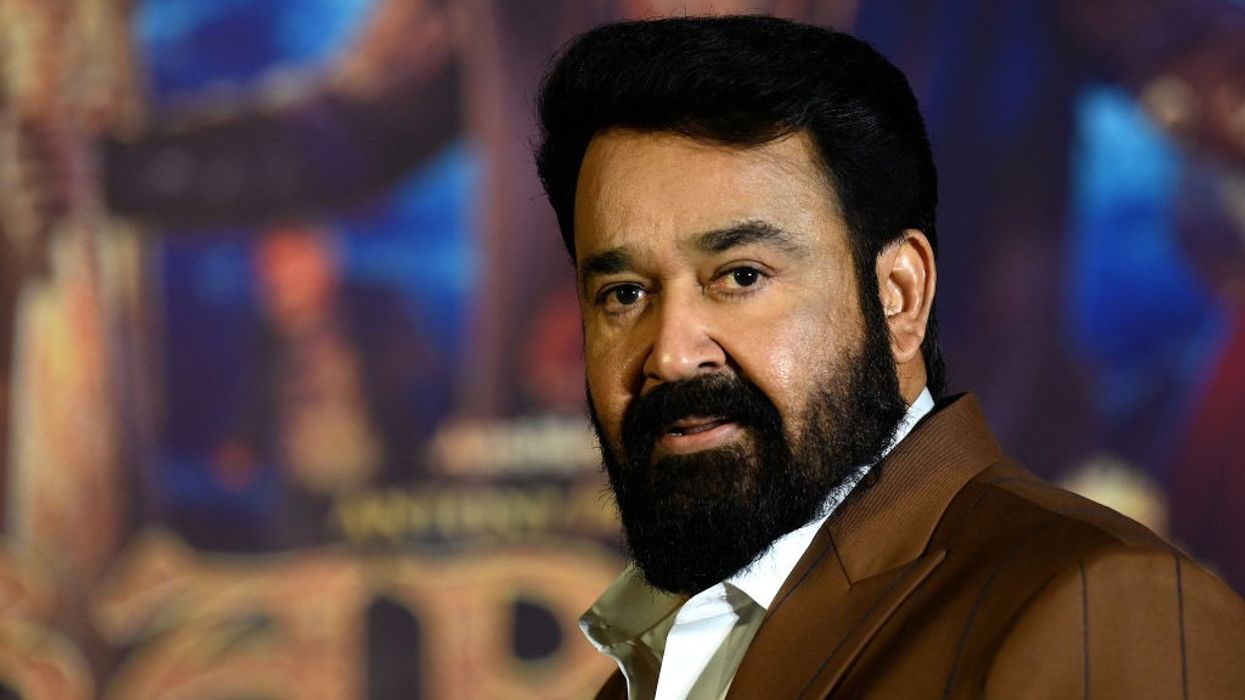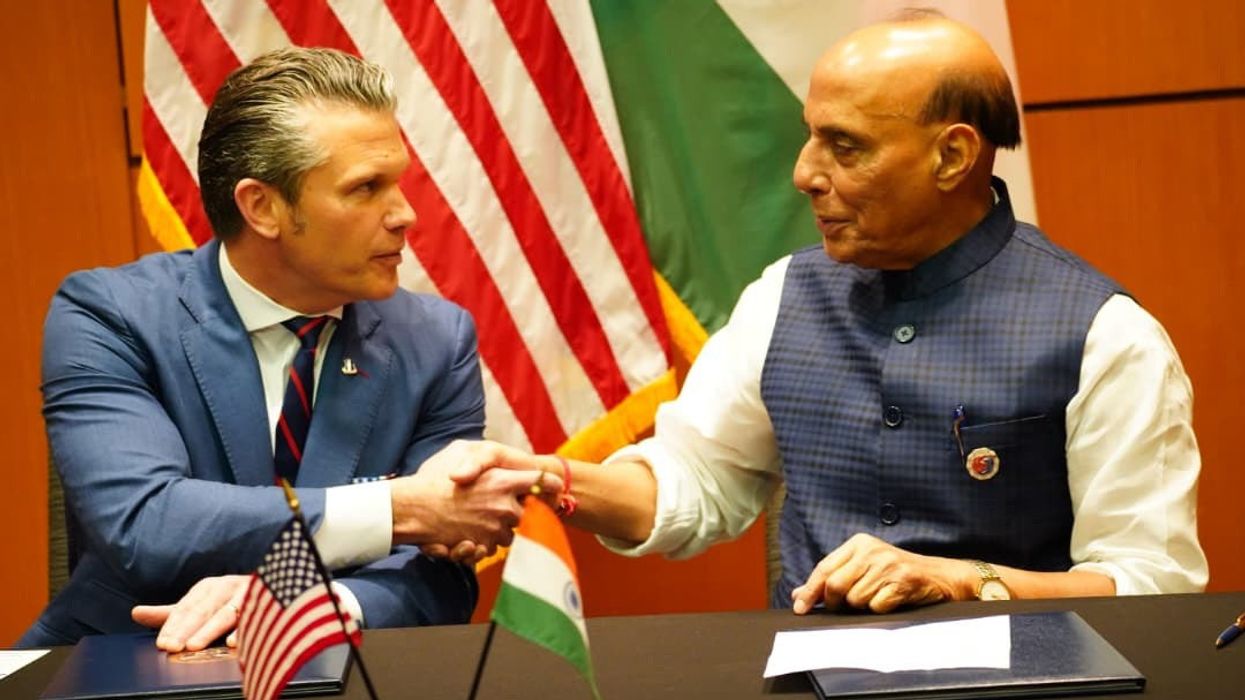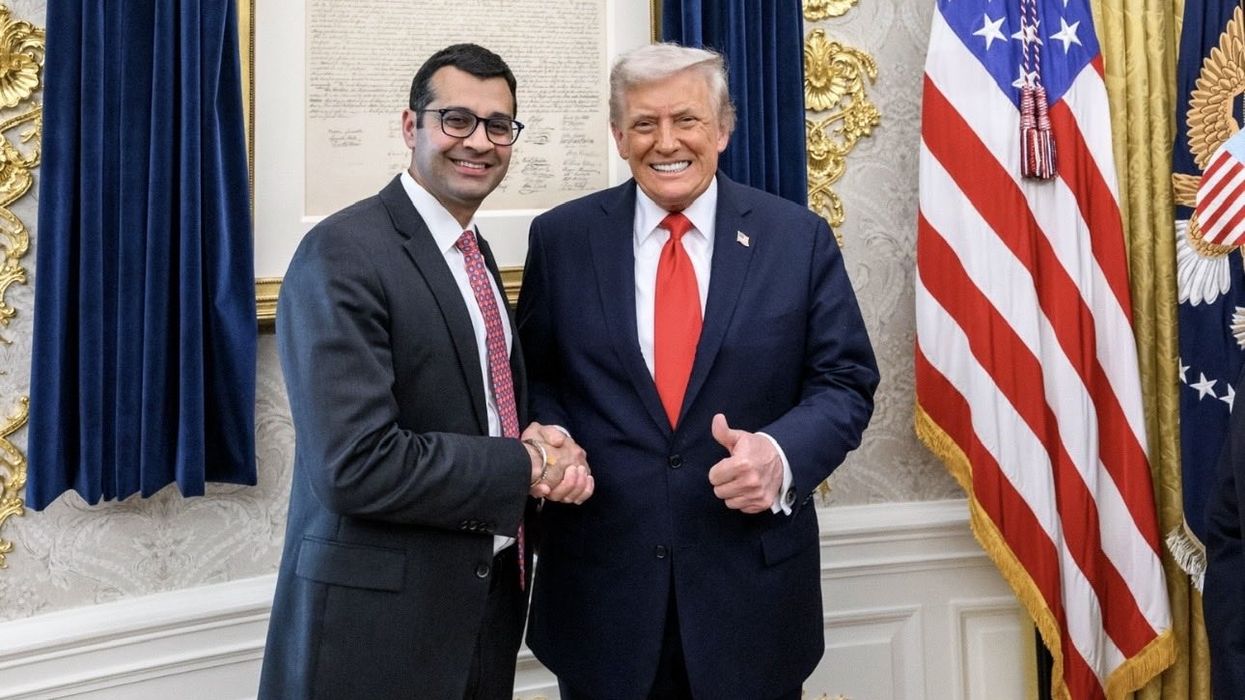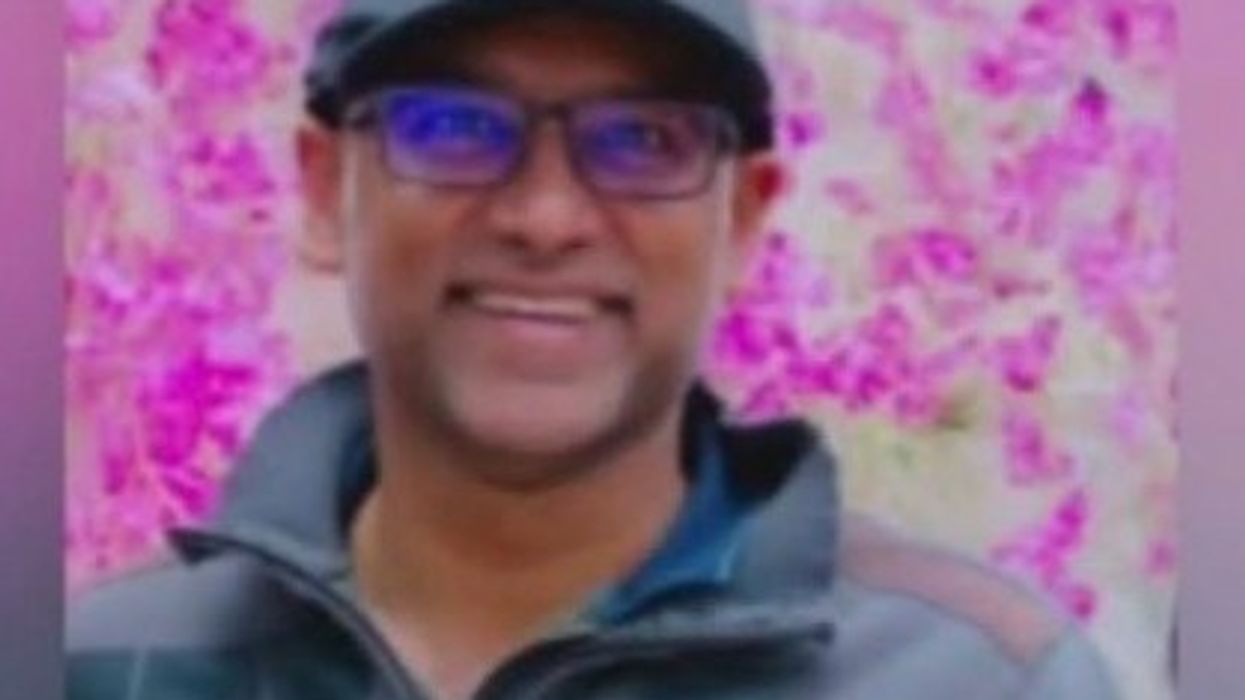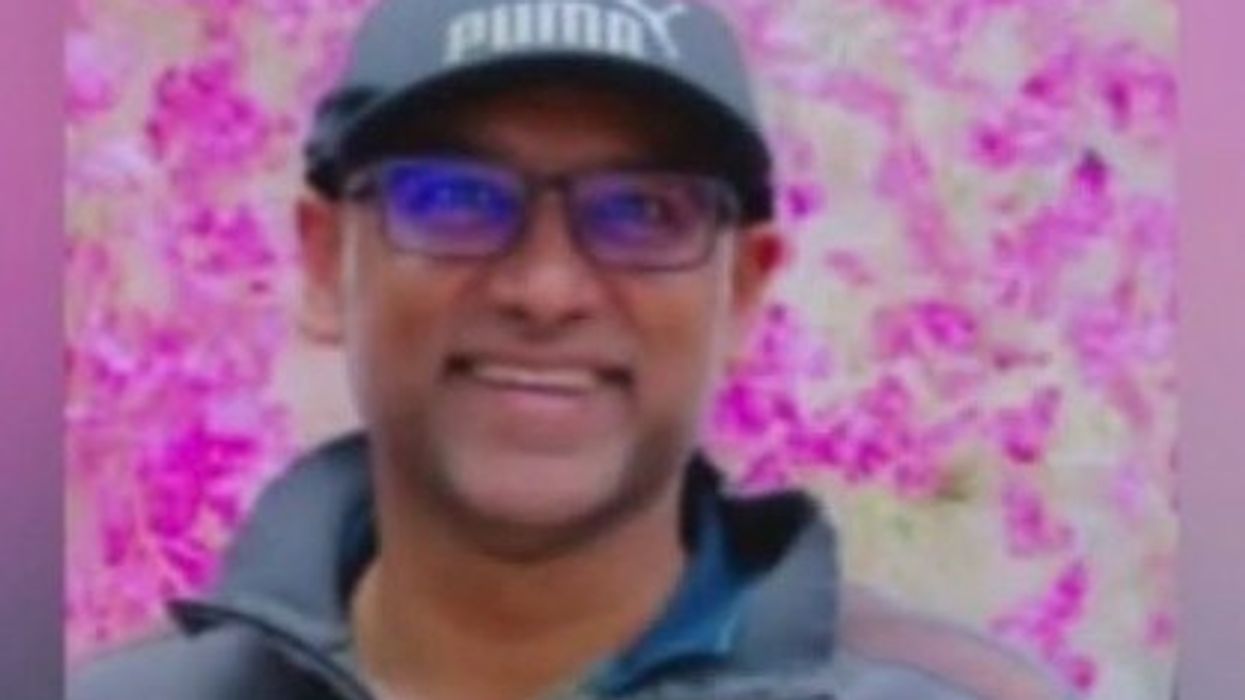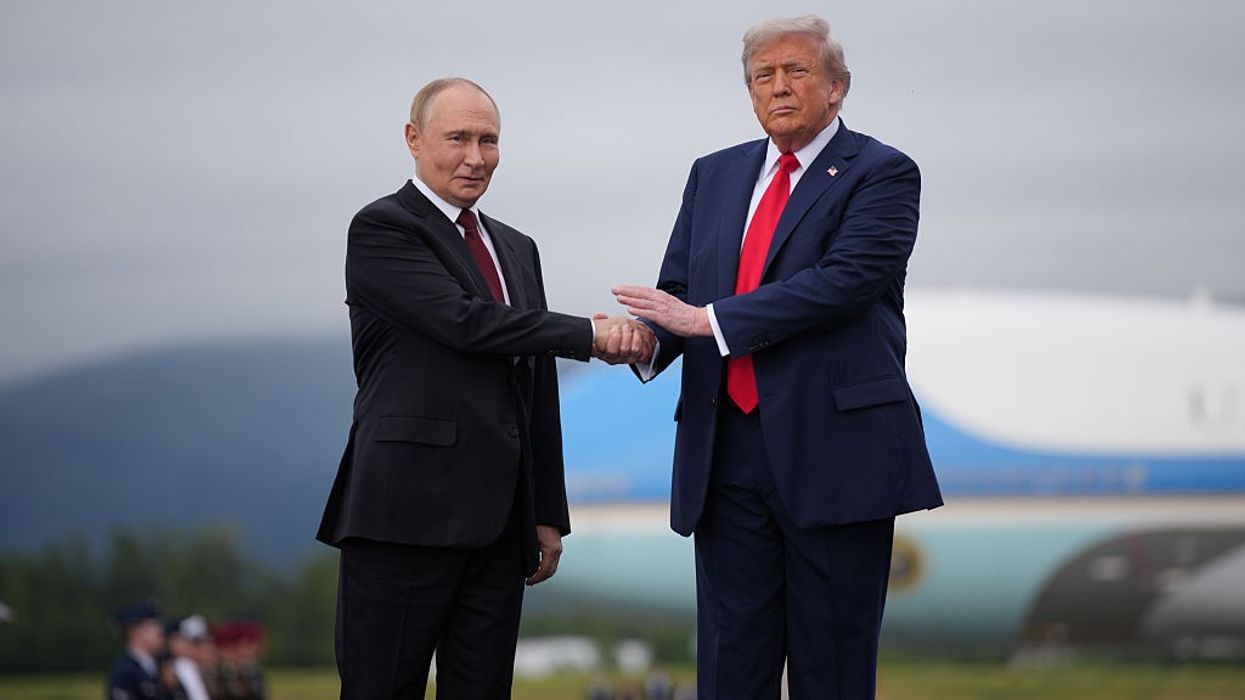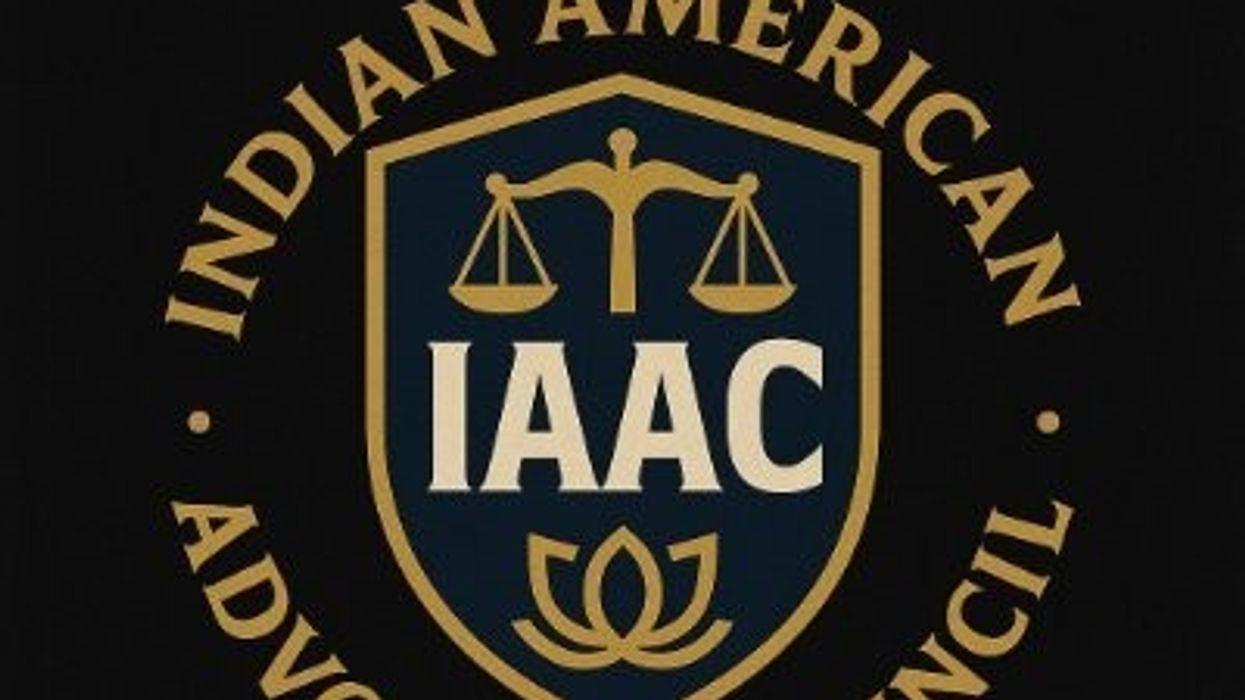Highlights:
The Indian-American diaspora today stands as one of the most influential and rapidly expanding Asian-origin communities in the US. Numbering around 5.2 million, they make up about 21 per cent of the entire Asian Americans population and have firmly established themselves as leaders across business, technology, politics, and culture.
From vibrant cultural festivals lighting up city squares to growing political participation at both state and national levels, Indian Americans are increasingly seen as a community that embodies resilience, ambitions and deep cultural roots.
Their story in America, however, is not just about present-day success. It is a narrative shaped by more than a century of migration, marked by challenges, persevrance, and remarkable achievements.
Punjabis the first to migrate
Migration first began in the late 1800s when Punjabi agricultural laborers settled along the West Coast, often facing harsh working conditions and racial barriers. The real turning point came with the 1965 Immigration and Nationality Act, which opened doors to educated professionals and students from India's urban centres such as Bombay (Mumbai), Ahmedabad, and Hyderabad.
In the years since, the population has grown at an astounding pace, rising 174 per cent since 2000 through a mix of skilled workers, family reunification, and student migration.
California tops in Indian diaspora
Today, California holds the largest share of Indian-Americans, with nearly 960,000 residents, followed by Texas, New Jersey, New York, and Illinois. Within the states, bustling metro hubs such as New York-Newark-Jersey City, Dallas-Fort Worth-Arlington, and San Francisco-Oakland-Berkeley have become thriving cultural centres.
Temples, gurudwaras, Indian grocery stores, and cultural associations dot these landscapes, making them vibrant reflections of both heritage and adaptation. At the same time, new states such as North Carolina, Washington, and Utah are witnessing rapid growth, signaling a dispersal that is reshaping America's demographic map.
Gujarati, Punjabi, South Indians and Bengalis
Within this vast community are distinct sub groups that bring their own flavors and traditions. Gujarati Americans, with their entrepreneurial drive, have made their mark in the hospitaltiy, reatail, and the diamond trade. While, Punjabi Americans are among the earliest settlers who continue to share California's agricultural heartlands and dominate industries like trucking and healthcare.
South Indian communities, espcially Telugu and Tamils have become synonymous with the technology boom and their presence is felt in Sillicon Valley and Dallas.
Bengali Americans bring richer tradition of literature, performing arts, and food, while Malayalees are strongly reparenseted in healthcare, particularly nursing, with visible networks across Texas, Illinois, and Florida.
Story of transition
The demographic profile of Indian Americans also a story with a median age of 34.2 the community mirrors the broader Asian American population, but younger US born generation is quickly coming of age.
While most immigrants are older, averaging around 40.9 years and the children of these families are just entering their teenage years, carrying forward a belnd of Indian heritage and American identity. About two-thirds of Indian Americans are immigrants and more than half are naturalized citizens. With 2.1 million eligible voters and counting their voice in American politics continues to streghthen year by year.
Education and income have become defining markers of the community’s trajectory. Nearly 75% of Indian Americans hold at least a bachelor’s degree, the highest among any major ethnic group in the country.
Their household incomes average above $120,000 annually, far surpassing the national mean, reflecting strong professional networks and a sustained presence in high-skilled industries. At the same time, cultural identity remains central.
Festivals like Diwali, Holi, and Navratri are celebrated across cities, Bollywood continues to inspire cross-cultural appeal, and regional languages such as Telugu, Tamil, and Gujarati are being preserved and taught to younger generations.
Whether Gujarati entrepreneurs, Punjabi farmers, South Indian tech professionals, or Bengali artists, Indian Americans collectively weave a powerful thread into the fabric of US society.
Their journey from early migration struggles to modern-day influence—is a story of adaptation, resilience, and vision, underscoring their growing impact on America’s past, present, and future.
